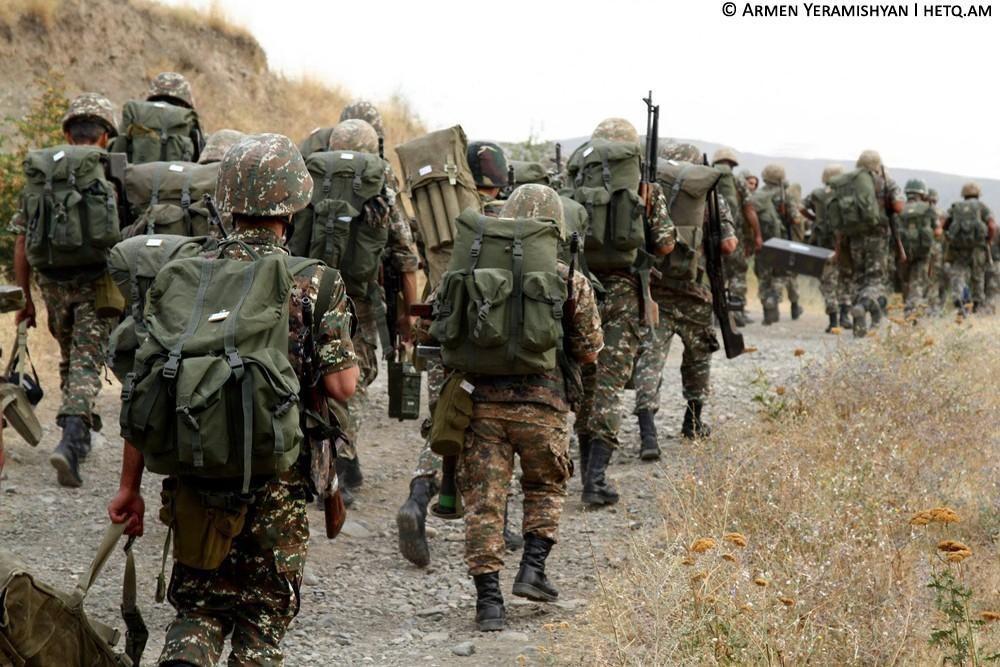
Journalists in Armenia Must Dig Deep for the Facts: Official Pronouncements Contradictory
Government propaganda and the information vacuum
During the 44 days of hostilities, the Armenian government propaganda machine kept heralding the slogan "we will win", urging people to exclusively follow official news reports.
As a result, a large segment of the public, both lacking and possessing basic media literacy, was obsessed with swallowing pleasant lies. Many ignored the publications and statements of independent journalists with years of war coverage experience. Those who dared to reveal the truth amidst the war propaganda were slandered. In short order, however, the slogans of “victory” and “we will win” were turned upside down. The new reality was “we lost”.
With boomerang effect, the executive branch, the government, became the subject of ridicule. The latter's call to "follow only the official news" was retrospectively ridiculed by the same segment of society that had, just weeks earlier, idolized various government spokesmen as the sources of truth. But then came the time to "destroy" those idols.
The discredited government propaganda machine had to turn off its engine, which was immediately followed by an information vacuum, because under the influence of the same machine, the public turned its back on the true media and now did not know which was real and which was false.
In the created favorable environment, social networks and the media as well, began to spread various facets of false news about the post-war situation: victims, captives, hostages, border adjustments, and so on.
These reports, which pursued specific goals, came both from domestic political circles and from the enemy camp. Moreover, the enemy propaganda machine continued to work even after the active phase of the war, trying to keep Armenian society in a highly tense state and to inflame the atmosphere inside the defeated country on the battlefield. In turn, the Armenian government propaganda machine changed from an active-initiator to a passive-responder, at best trying to refute large-scale falsifications, and at worst trying to circumvent or obscure the real facts, which also took place in the news circulating by the above-mentioned sources.
The government, as the prime authority in the country, is the number one disseminator of information. Journalists in Armenia today, however, have a hard time getting accurate information about the reality around us. Here’s a specific example.
Hetq has twice written to the Armenian Prime Minister office, inquiring about several issues. The responses were late in coming. The law requires that responses must be sent withing five working days. We had to wait longer.
As a justification, the government stated that additional work was needed, which requires time. The law provides for a maximum of 30 working days in this case. Although the Prime Minister's Office responded to our assertions and reminders as soon as possible, some of the questions lost their relevance given the fact that both during and after the hostilities, events unfold very rapidly. In this case, questions can be posed orally, an option enshrined in law. Nevertheless, almost all public institutions in Armenia avoid oral inquiries and demand the written inquiry procedure. It’s to their advantage to do so. The Ministry of Defense, the Ministry of Foreign Affairs, the Ministry of Territorial Administration, and the Prime Minister's Office worked on the answers to our inquiries.
As it turns out, those official responses raise new questions. In general, the tactics of the government, confronting an angry and demanding public, are so disjointed that government departments and officials contradict one another when responding to the same question. Thus, the government digs a deeper hole of public distrust.
Let’s now present a few examples of the stark contradictions in the statements of state agencies and officials.
64, not 62 Armenian servicemen captured in Khtsaberd-Hin Tagher
On December 13, two days after the offensive launched by Azerbaijani forces in the direction of the villages of Hin Tagher and Khtsaberd in Artsakh’s Hadrut region, Armenia’s Ministry of Defense announced that the enemy had casualties and the Armenian side had six wounded. On the same day, the Armenian Unified Info Center (AUIC-a branch of the Prime Minister's Office), denied "the rumors and videos disseminated by the Azerbaijani media and telegram channels that the Armenian side has suffered casualties during the last two days of hostilities in the Hadrut region."
Hours after this denial, PM Nikol Pashinyan, at a Security Council session, announced: "We have at least six injured. There are other victims about whom information is being verified." Pashinyan did not say exactly who the "other victims" were - killed or captives. But the above-mentioned denial of the AUIC was thus at least questioned.
The Armenian public demanded an answer, and Armenia’s Ministry of Defense (MoD) stated that it was studying the videos spread on the telegram channels about possible Armenian captives.
Then, the MoD issued a perplexing message that it was waiting for clarifications from the Artsakh Defense Army (ADA). The latter reported on December 16 that on the evening of the 15th, "in unknown circumstances, it lost contact with the personnel of several military positions of the ADA located in the direction of the Hin Tagher and Khtsaberd villages of Hadrut."
This message raised more questions. There were no official reports of POWs, injuries or casualties. On the same day, Armenia’s MoD confirmed the accuracy of a video showing a group of Armenian servicemen being escorted out of an Azerbaijani blockade. Four days after the Azerbaijani offensive, on December 16, the ADA finally reported “that 73 people are still missing" in the direction of Khtsaberd-Hin Tagher. This was the first time that the ADA mentioned a specific number of Armenian captives.
On December 17, the ADA reported that Russian peacekeepers had transferred to it the bodies of nine Armenian servicemen found near Armenian military positions in the direction of Khtsaberd-Hin Tagher. The ADA reported that the circumstances of their deaths was still unknown.
That is, the bodies of nine of the reported 73 were found, the fate of the remaining 64 was unknown.
The next day, on the December 18, the ADA announced: "A video has started circulating on the Internet, mentioning that the Azerbaijani Army has captured 62 Armenian servicemen. The Artsakh Ministry of Defense informs that in recent days no case of capture of a serviceman has been registered in the area guarded by the Artsakh Defense Army and the above-mentioned information does not correspond to reality.”
It was not known where the people in Armenian military uniforms seen in the enemy's video were captured, whether they were soldiers from the Khtsaberd-Hin Tagher section or other local servicemen. But the ADA’s denial, which did not specify the location, did not inspire confidence. On the other hand, Artsakh Ombudsman Artak Beglaryan confirmed that about six dozen servicemen were missing in the Khtsaberd-Hin Tagher section.
On December 21, three days after the ADA’s denial, Armenia’s MoD reported that Defense Minister Vagharshak Harutyunyan met with parents and relatives of the servicemen being held in the Old Tagher-Khtsaberd section and said "the list of the 62 captured servicemen has already been transferred to the International Committee of the Red Cross (ICRC) and their personal files have been referred to the European Court of Human Rights.”
Note that both the Azeri video and the Ministry of Defense report mention 62 prisoners. In other words, the earlier ADA denial was groundless. But we mentioned above that out of 73 people, only the bodies of nine were found, and the fate of the remaining 64 was unknown. That is why Hetq asked the Prime Minister about the number of Armenian prisoners and victims in the direction of Khtsaberd-Hin Tagher. Some of the answers to the questions included in our inquiry were collected by the Prime Minister's Office from the Ministry of Defense and the Ministry of Foreign Affairs. The question mentioned was presumably answered by the Ministry of Defense.
"64 servicemen were taken prisoner by Azerbaijan in the Hin Tagher-Khtsaberd section of the Artsakh Republic. The RA Ministry of Defense also officially reported this. (In fact, as cited above, the MoD reported 62 - author). State institutions are daily focused on their return. The list of 64 captured servicemen has already been transferred to the International Committee of the Red Cross, and their personal files have been sent to the European Court of Human Rights. The issue is also in the center of attention of the leadership of the Russian peacekeeping contingent stationed in Artsakh (the MoD, as usual, copied this part of its message, turning 62 into 64 - author). The Armenian side had nine victims in the mentioned section.”
Armenia’s MoD rejects Russian map: Says Russians are 3 km away from Khtsaberd
At the December 13 sitting of Armenia’s Security Council, Pashinyan stated that the absence of Russian peacekeepers in the Khtsaberd-Hin Tagher section, thus allowing the Azerbaijani attack, is a matter for separate discussion and analysis.
On December 16, Hetq asked Pashinyan whether the issue had been clarified with the Russian side. After all, why were the peacekeepers absent on that section of the line of contact? "According to the Russian side, the absence of Russian peacekeepers in the Khtsaberd-Hin Tagher section was due to the limited capabilities of the Russian peacekeeping forces," the Armenian government replied.
At the same meeting of the Security Council, Pashinyan announced that on December 12 a small unit of Russian peacekeepers approached the combat zone, and on the 13th of the month larger forces of peacekeepers entered the area.
"Russian peacekeepers have entered the area with more forces starting this morning, and now the situation is relatively stable. The presence of peacekeepers, at least, provides some confidence that there is a high probability of avoiding further escalation," Pashinyan said.
“The situation in that area should be fully in line with the provisions of the November 9 joint statement, which clearly states that from the moment the statement is adopted, troops must remain in their positions along the line of contact. In other words, the nuance here is that the Khtsaberd-Hin Tagher section is located within the administrative boundaries of the former Nagorno-Karabakh Autonomous Region, and therefore it follows from the logic of those full agreements that it should be under the control of Armenian forces, because as of November 9, those areas were Armenian and under the control of the Artsakh Defense Army,” Pashinyan continued.
But hours after Pashinyan’s statement, Russian forces withdrew from the area.
Hetq wrote to Pashinyan’s office, asking why the Russian forces left the area and had they explained their move. We did not receive a substantive answer, leading us to assume that the Russians did not provide a reason. The government gave one general answer to this and another question (most likely, the Ministry of Defense was again the one compiling the answer).
Thus, the Russian peacekeeping forces included the Khtsaberd-Hin Tagher section in their area of responsibility, in a map updated daily on their website, on December 13 and 14. However, later the map of December 14 was changed, and the mentioned section was again presented as territory passed to Azerbaijan. On December 16, Hetq asked Pashinyan if this meant that the Khtsaberd-Hin Tagher section was no longer controlled by either Armenian or Russian forces and if any Armenian military (including volunteers) were there at the moment.
"Since December 13 of this year, a Russian peacekeeping base has been deployed about 3 km north of Khtsaberd settlement on Mount Gendaradagh,” the government responded.
There is a big discrepancy between this answer and the updated map of Russian forces. You can see below that the line of contact and the Russian area of responsibility in the south of Artsakh has been stretching far from the Gendaradagh peak since December 14. It is 15 km straight from that point to Hin Shen or Lisagor, which are under the control of Russian forces.
Since we sent our inquiry on December 16, when the Russians apparently had already withdrawn from the Khtsaberd-Hin Tagher section and the situation was reflected in the map published by them, such a response by Armenia’s MoD is curious at best.
The Armenian side did not have any captives or victims in the Berdadzor subregion
We know that after their success in the Khtsaberd-Hin Tagher section, Azerbaijani forces approached the villages of Hin Shen and Mets Shen in the Berdadzor subregion of Shushi. Hetq wrote to Pashinyan’s office, asking if there were any captives or victims of the Armenian armed forces in the subregion. The answer was there hadn’t been any.
We also noticed that the presence of Azerbaijani forces in the subregion does not correspond to any point of the trilateral statement, as that part should be under the control of the peacekeeping troops.
Accordingly, what work is being done with the Russian forces in this direction?
In response to this question, the govenment quoted an excerpt from Pasinyan's interview with RFE/RL (December 16, 2020) in which he said that "the situation around Hin Shen has already been resolved, and the situation in that area is being resolved. And there is the following agreement: in the Lachin Corridor, according to the joint statement, there should be neither Azerbaijani nor Armenian troops, and the entire Lachin Corridor should be under the control of Russian peacekeepers.”
Top photo from Hetq archive
 Videos
Videos Photos
Photos
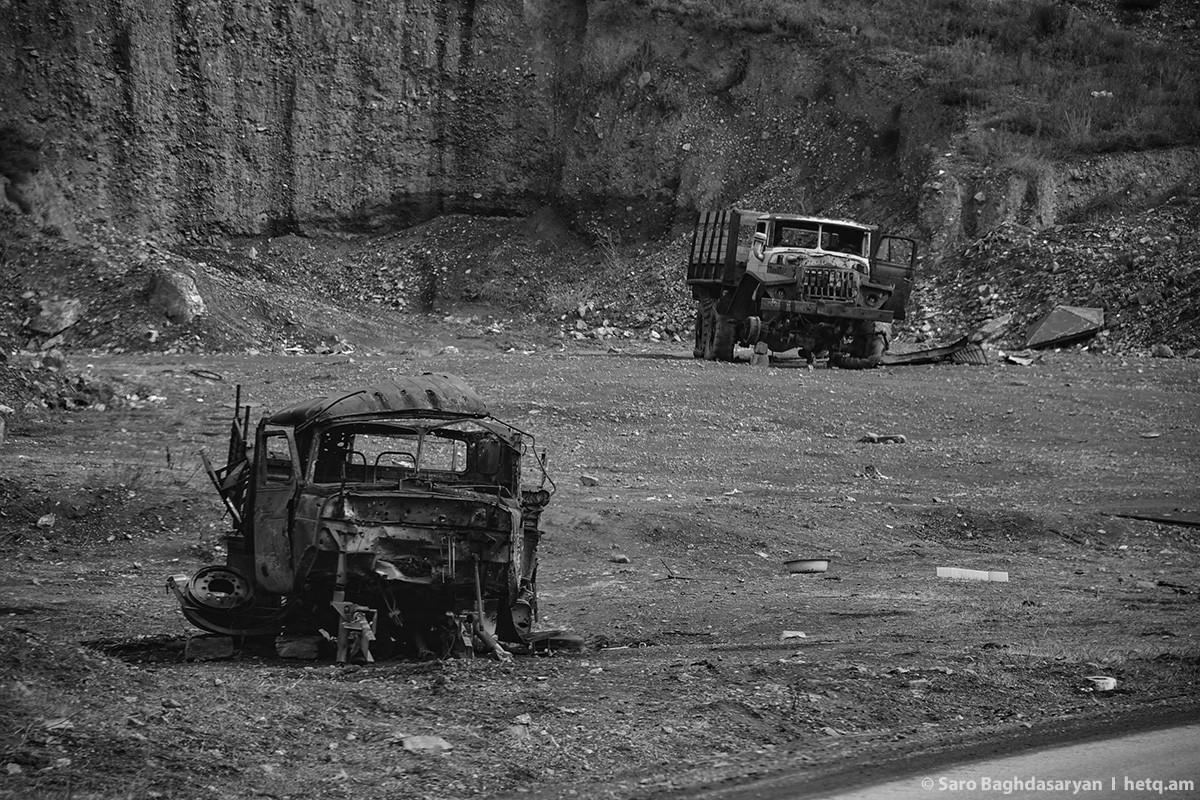
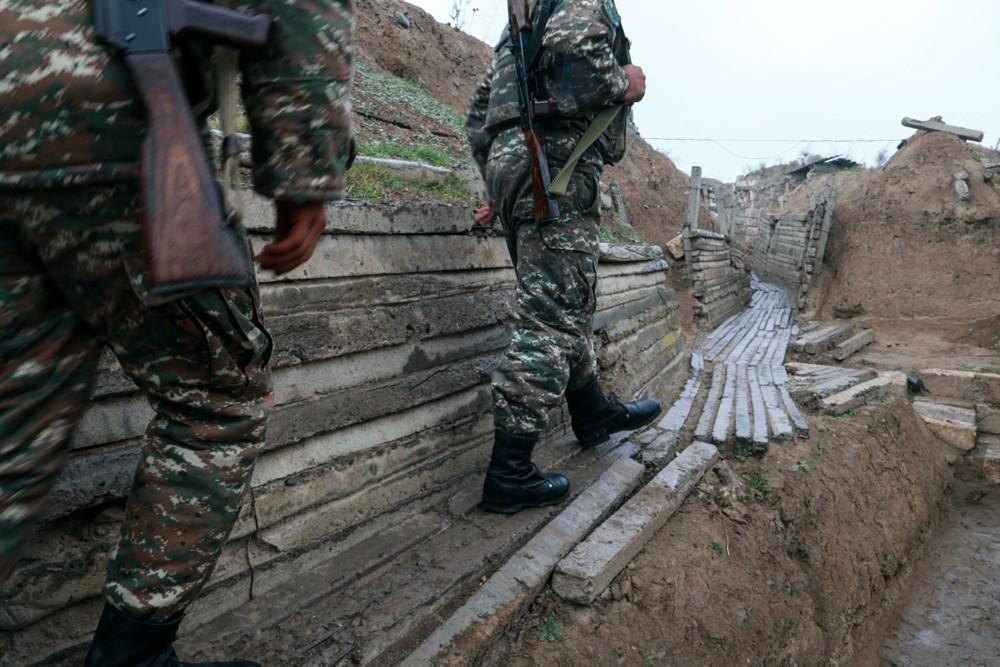
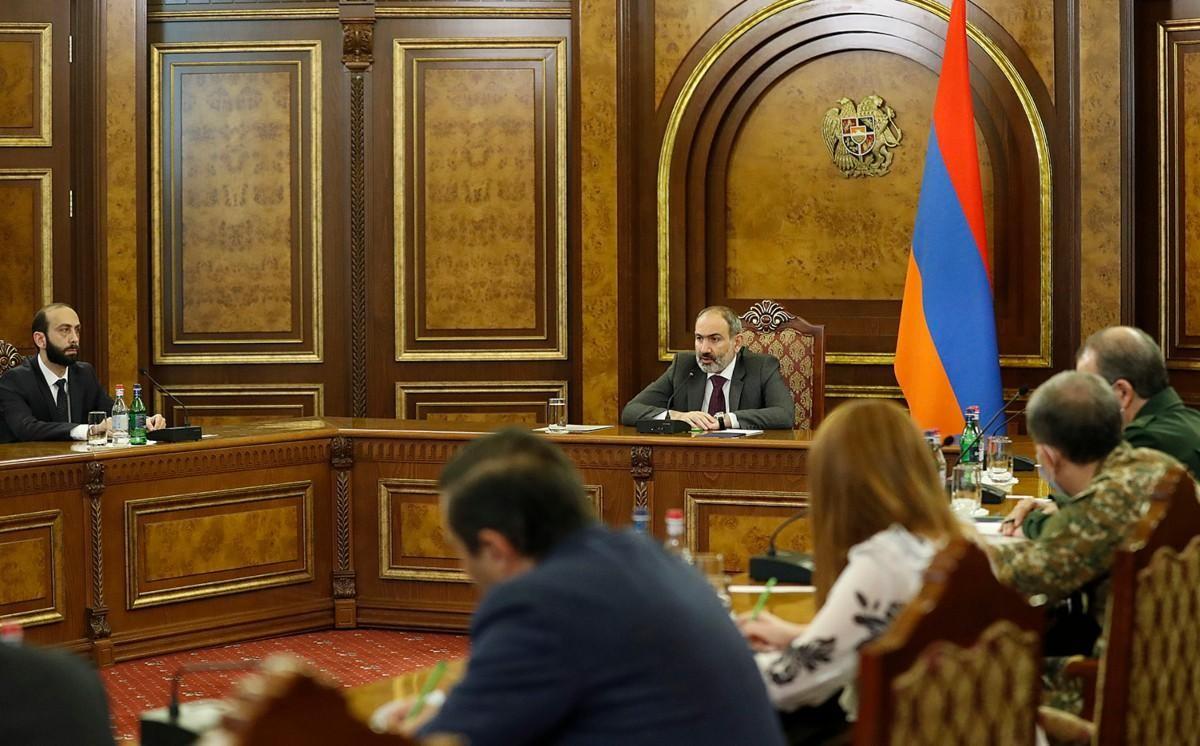
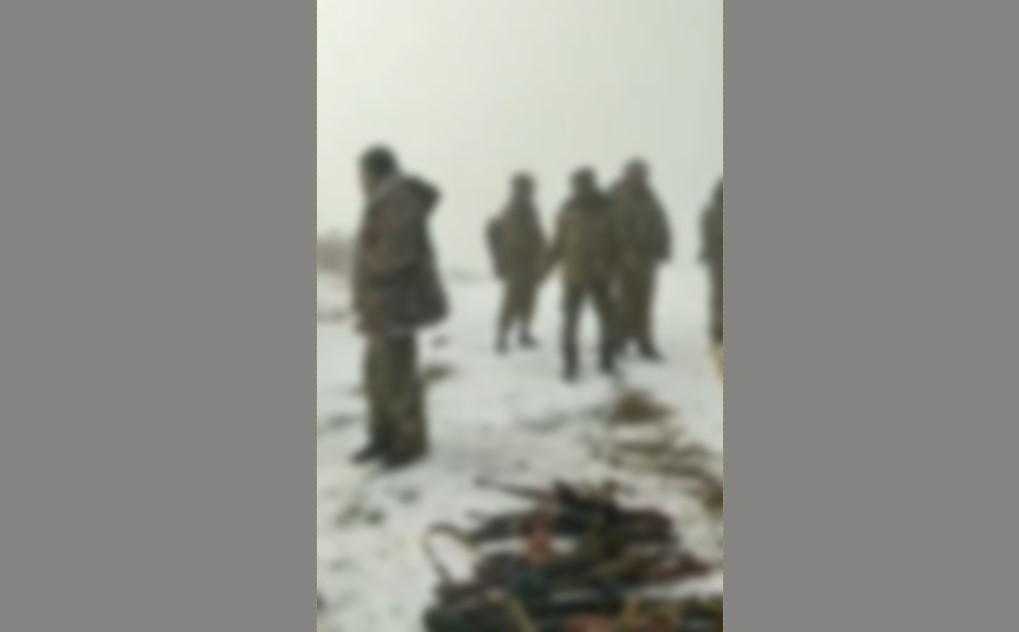
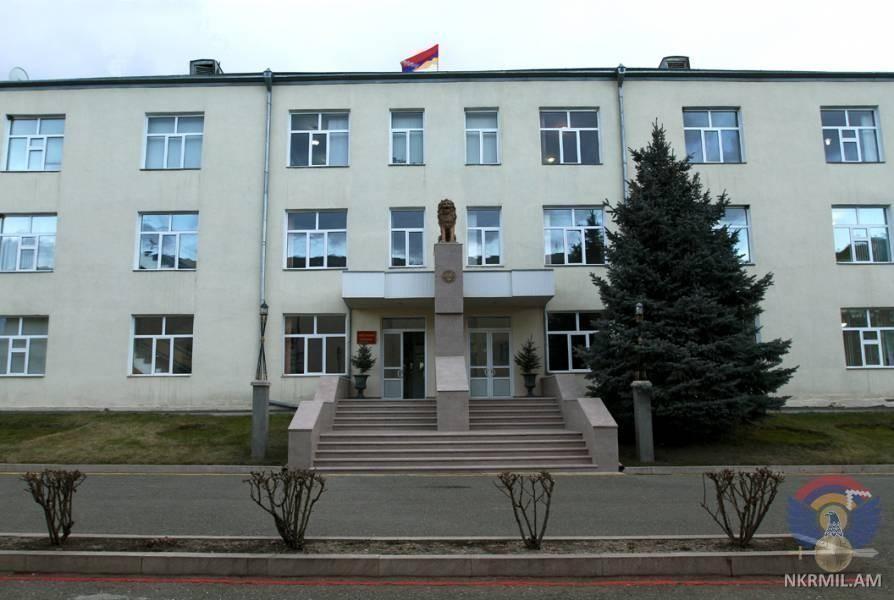
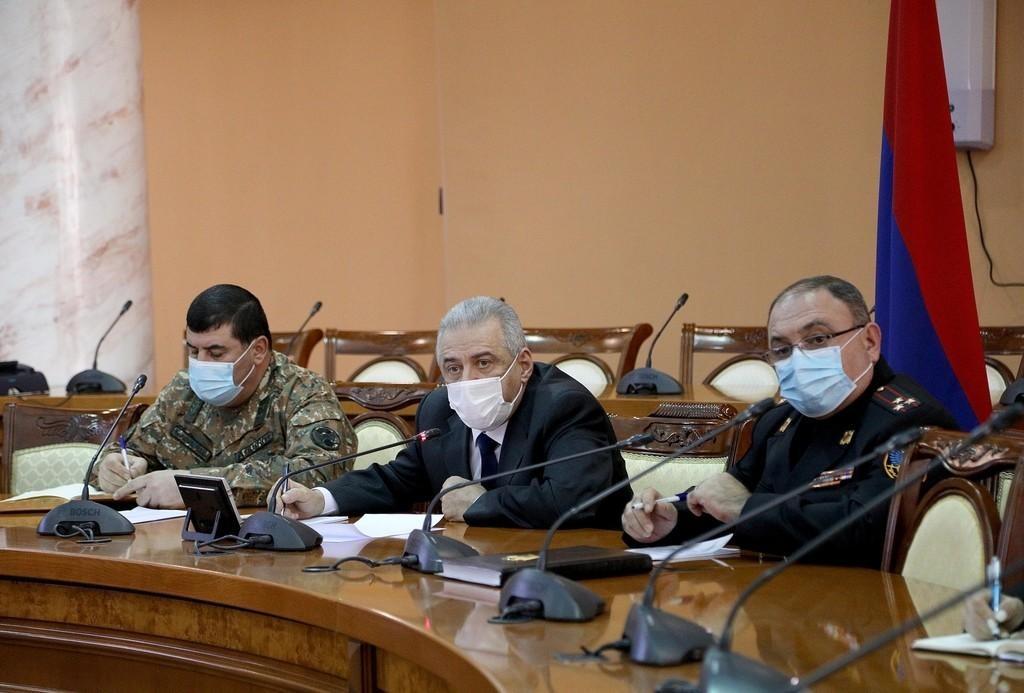
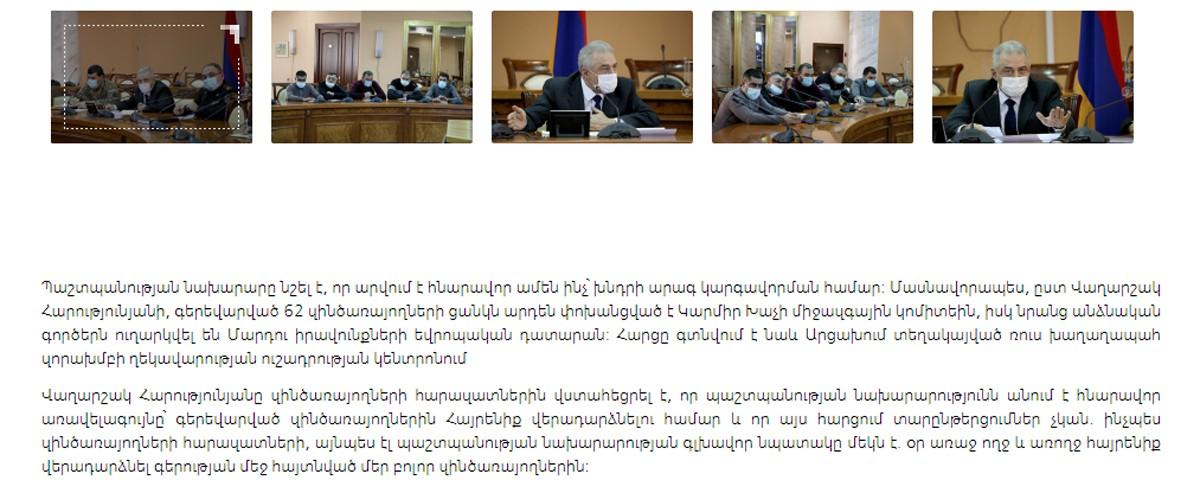
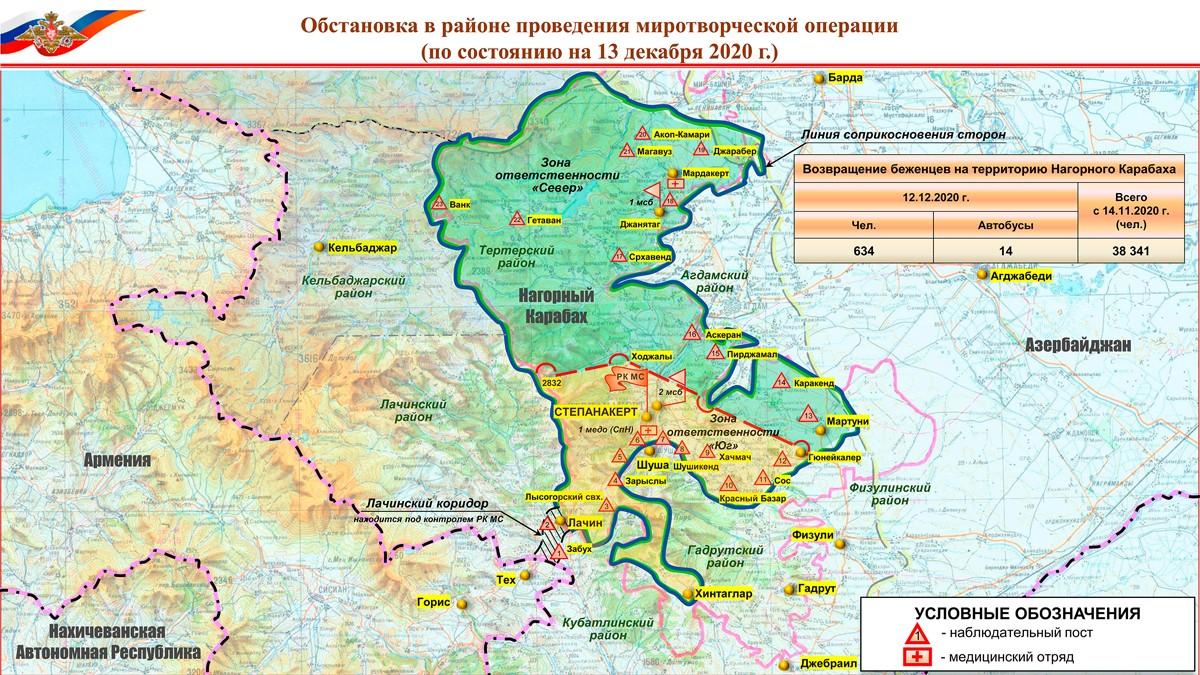
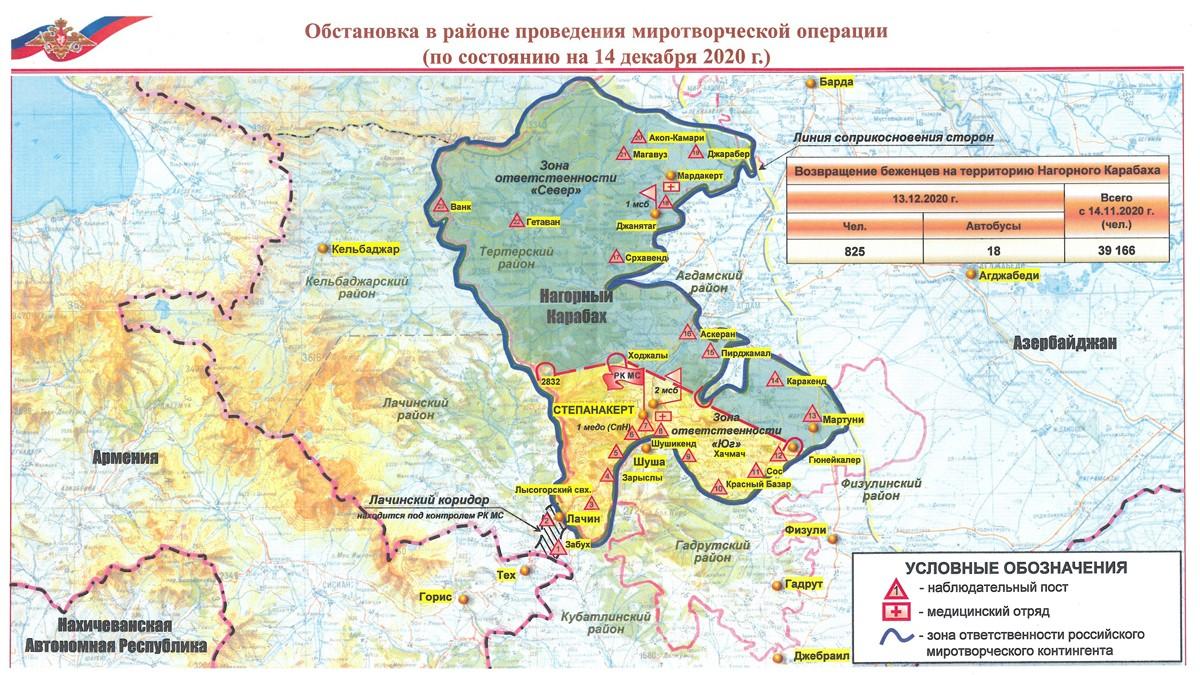
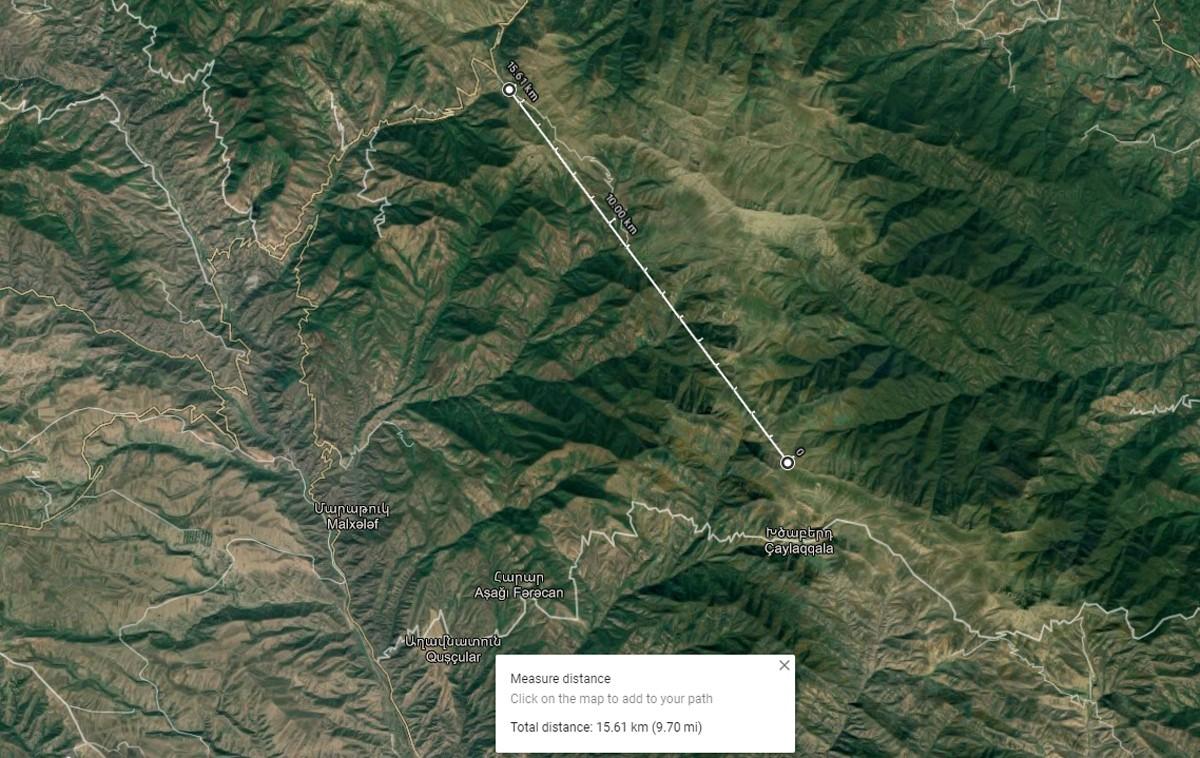
Comments (8)
Write a comment